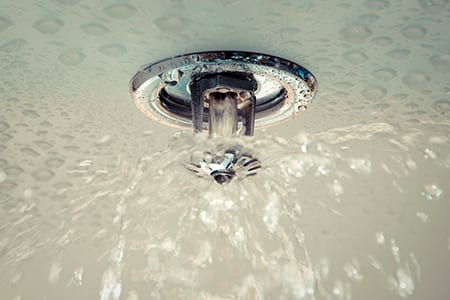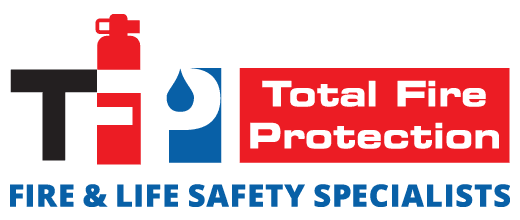
No business owner ever wants to think about the possibility of a fire in their building. But, everyone needs to be prepared for one to protect their employees, inventory, equipment, and place of business. There are two main types of commercial sprinkler systems, a wet system, and a dry system. We’re going to go over how each one works, as well as the pros and cons of both so you can decide which is right for your business.
What is a Wet Commercial Sprinkler System?
A wet commercial sprinkler system involves overhead sprinklers and pipes that are filled with pressurized water. The sprinkler heads typically have a glass bulb filled with a rapidly expanding liquid, which causes the bulb to burst when heated by a fire. The pressurized water in your pipes is then able to escape out of your sprinkler heads and extinguish the fire below.
Wet Sprinkler Pros & Cons
The biggest benefit of a wet sprinkler system is that fire is extinguished very quickly, because the pressurized water in your piping is released immediately. These systems are very simple, quick, and relatively cheap to install, and they require far less maintenance than dry sprinkler systems.
However, because there is water constantly sitting in a wet sprinkler system, they cannot be used in properties that reach temperatures under 40 degrees (F) – these include warehouses, some seasonal businesses, and loading areas. They can malfunction and leak, as well, and this can cause major damage to your building and any water-sensitive equipment you may have.
What is a Dry Commercial Sprinkler System?
A dry commercial sprinkler system is similar in that it utilizes overhead pipes and sprinkler heads, but the major difference is that the pipes aren’t filled with water. Instead, a pressurized gas, like nitrogen, is used to hold back a water supply at a main dry-pipe valve. When a fire occurs, the sprinkler head opens just like in a wet system, the compressed air inside the pipes is dispersed, and water can flow freely through your sprinkler heads.
Dry Sprinkler Pros & Cons
Unlike a wet system, dry commercial sprinkler systems can be used in any building or any portion of a building regardless of interior temperatures, as there is no water in the pipes that can freeze. They also aren’t prone to leaking, which means they are less likely to damage your building and equipment.
However, dry systems are far more complicated, more expensive to install, and require much more ongoing maintenance than a wet system. Because the pressurized air in your pipes also needs to disperse to allow water in, there can be a delay between fire detection and the sprinklers going on – sometimes up to a minute.
Both systems have their benefits depending on your business’s environment, so neither is better or worse than the other. Once you’ve decided which is right for your building, contact our highly trained fire safety experts for a professional and thorough installation.




